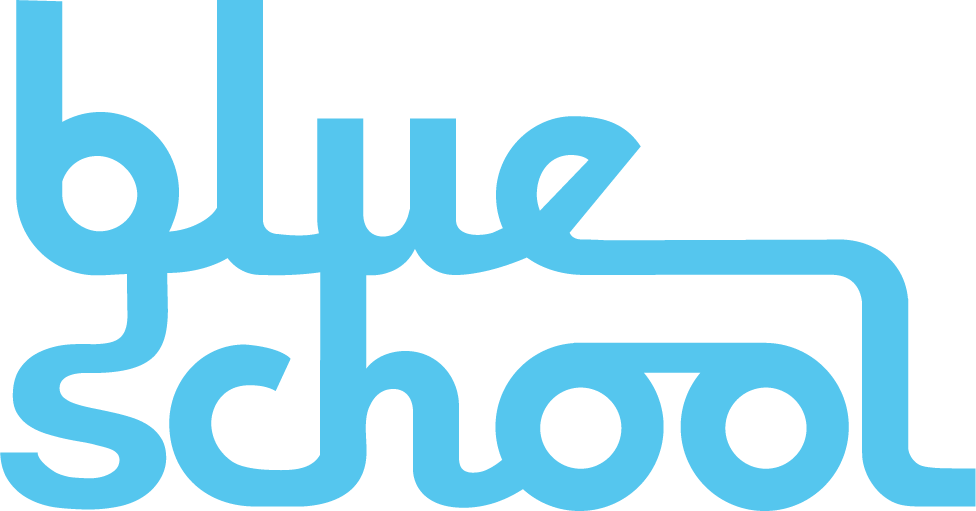Thoughts on 2s and 3s
- Laura Sedlock, Director of Pre-Primary
What I love about working in early childhood is how much we are able to notice of the whole child, before we inevitably starting looking at children through the lens of particular subject matters or skills. Clearly, at Blue School, we strive to keep our focus on the whole child throughout all of their years here, but there is nothing so pure and immediate as those first few years when every moment of what a child does feels equally as important as the next.
This year, in Preprimary,we have been working to ground our conversations about children in specific moments, revisiting these through video, photographs, transcripts of conversations, and discussing what we see in these moments that can lead us to a deeper understanding of children and how they learn and make meaning.
A few weeks ago, I came across a piece by Loris Malaguzzi, the founder of the schools and approach in Reggio Emilia, Italy, from a 1993 seminar entitled, “Your Image of the Child: Where Teaching Begins” I was especially moved by this one passage about observing and seeing children:
"The child wants to know that she is observed, carefully, with full attention. The child wants to be observed in action. She wants the teacher to see the process of her work, rather than the product. The teacher asks the child to take a bucket of of water from one place to the other. It's not important to the child that the teacher only sees him arrive with the bucket of water at the end. What is important to the child is that the teacher sees the child while the child is working, while the child is putting out the effort to accomplish the task - the processes are important, how much the child is putting into the effort, how heroic the child is doing this work. What children want is to be observed while engaged, they do not want the focus of the observation to be on the final product. When we as adults are able to see the children in the process, it's as if we are opening a window and getting a fresh view of things."
So on Tuesday of this week I set off into our preprimary classrooms to observe some children “in the process.” One of the first classroom I walked into was the 2s during their exploration time. I noticed a child, H., at the water table and settled my eyes and attention on him and what he was doing. When I started watching him, H. had almost finished filling up a pitcher with water, using the rubber top of a baster to fill it up scoop by scoop. When the pitcher was full, he poured the water over the baby’s head. H. continued to do this 1, 2 3 times - scooping the water, filling the pitcher, pouring it over the baby and starting again. He would pause from time to time to look around the room at other children or respond to a particular sound, but would always return to the process of scooping, filling and pouring. After a few minutes, Karen came by and knelt down beside him. H. pointed to the baby’s wet head as he looked up at Karen, then he gently took her hand, placed it on the baby’s head, and poured water over it, allowing Karen to experience the wetness and the pouring.
From the moment I started watching I felt lucky to be witnessing this moment and to learn about H. - to see his method, focus and perseverance, his intention and caring gesture towards the baby in the water table. If I had walked away after that I would have already learned so much, but then I saw the moment when he chose to share his experience with Karen. There was something so touching about the way he took her hand and placed it on the baby, asking her to join him in feeling what he felt. I truly had that sense Loris Malaguzzi mentioned of a window being opened, of “getting a fresh view of things.” It made me think of all of the other moments happening simultaneously throughout the school, with each child demonstrating their own heroic effort, wanting these to be seen and shared with others.
